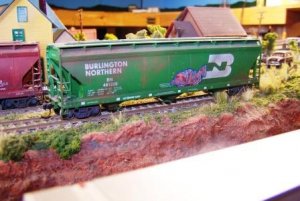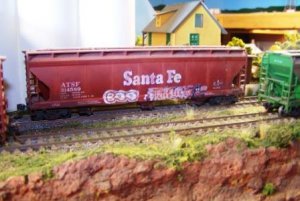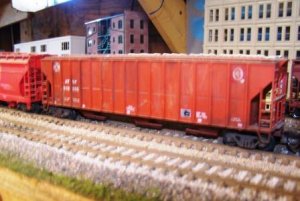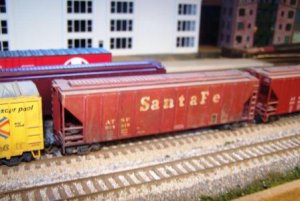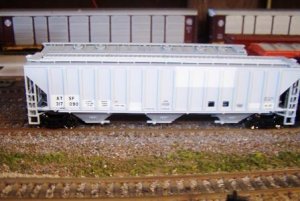I take your points Russ. Especially on the drawgear length. These reefers are some of the few cars that always came ready with the cushion draw gear making them a lot longer in the frame than the body. (This came up somewhere else recently with a question about how close together cars should be coupled). It certainly helps to know how long cars are to get them clear into spurs and pass them out on the road.
I quoted the "inside measurement" from what I've always understood... but your point about the space taken by the mechanical reefer gear at one end is very true. I think that this also occurred with at least some ice reefers. I wonder if there is a definitive solution someone can give us?
Some of my string of reefers arrived as blue box

it's only recently I've been able to afford them RTR.
I'm pretty sure that there are quite a few 50' reefers around (by MDC as well as Athearn) but they're not the "modern" mechanical ones. 17 of my 20 are Athearns and the other 3 are Pemco I think.
I don't know whether there's more than one type in service. All the pics i've got from the net seem to show just the one type.




